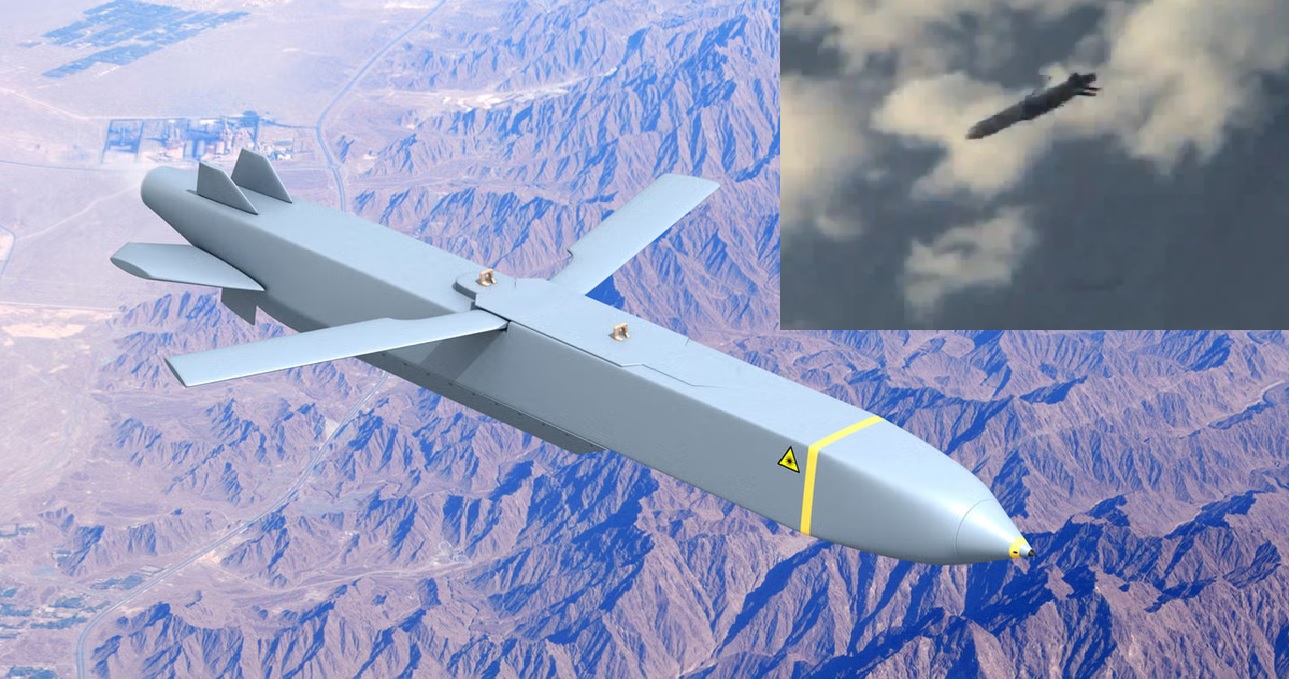North Korea Developing Solid-Fuel Missiles

Defense News - North Korea conducted its third intercontinental ballistic missile (ICBM) test powered by solid fuel on Monday, according to South Korean officials. While the specific missile was not identified by Seoul, North Korea had previously showcased its solid-fuel Hwasong-18 ICBM at a military parade in February and tested it in April and July of the same year.
In addition to these ICBM tests, North Korea recently revealed successful trials of solid-fuel engines for a new type of intermediate-range ballistic missile (IRBM).
Solid-fuel technology provides several advantages, enhancing North Korea missile capabilities. Unlike liquid-fuel missiles, solid-fuel missiles do not require immediate fueling before launch. They are easier and safer to operate, demand less logistical support, and are more challenging to detect, contributing to increased survivability.
Ankit Panda, a senior fellow at the U.S.-based Carnegie Endowment for International Peace, highlighted the responsiveness of solid-fuel capabilities during times of crisis.
Solid-fuel technology involves a mixture of fuel and oxidizer, where metallic powders like aluminum serve as the fuel, and ammonium perchlorate acts as the oxidizer. These components are bound together by a resilient material and packed into a metal casing. When the propellant burns, it produces thrust, lifting the missile from the launch pad.
While solid fuel has historical roots in Chinese fireworks, it gained significant advancements in the mid-20th century, notably with the development of more powerful propellants by the United States. North Korea currently utilizes solid fuel in various small, shorter-range ballistic missiles.
The use of solid fuel in ICBMs dates back to the early 1970s when the Soviet Union introduced the RT-2, followed by France S3 (SSBS), a medium-range ballistic missile. China began testing solid-fuel ICBMs in the late 1990s. South Korea has also claimed to possess "efficient and advanced" solid-propellant ballistic missile technology, albeit in smaller rockets.
Comparatively, liquid propellants offer greater propulsive thrust and power but demand more complex technology and additional weight. Solid fuel, on the other hand, is dense, burns quickly, and remains stable in storage for an extended period without degrading—overcoming a common issue associated with liquid fuel.
North Korea has asserted that the development of its new solid-fuel ICBM, the Hwasong-18, will "radically promote" its nuclear counterattack capability. Despite the first launch, South Korea defense ministry downplayed the significance, suggesting that North Korea would require "extra time and effort" to master the technology.


